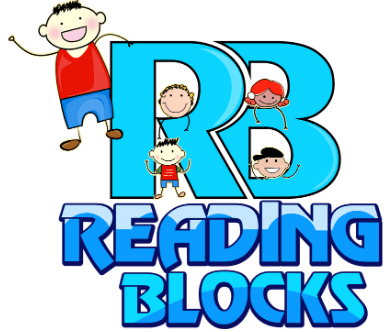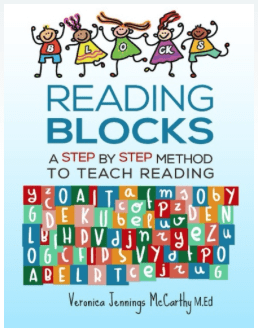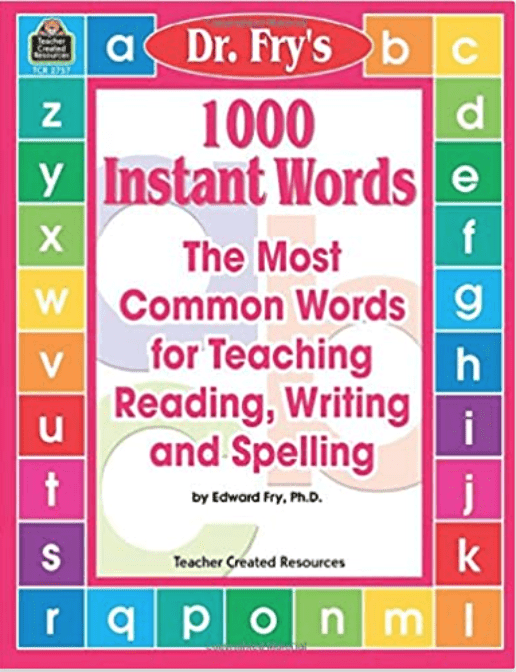
“Most often when a child is experiencing reading problems, it is a reflection of difficulty in decoding words accurately and fluently. He may be struggling with trying to get the word itself. Comprehension skills generally mature when a child has all the prerequisite skills in place: decoding accuracy, fluency, vocabulary, background knowledge and strategies. A weakness in any of them will affect comprehension.” (Shaywitz, 2003)
Reading Comprehension Activities
Reading comprehension activities are activities designed to improve reading comprehension. Reading Comprehension is the reason for reading in the first place and is a crucial skill for future success. The following activities are proven to improve comprehension skills.
Teach to the Wall
Teach to the Wall is a reading comprehension activity to use when learning new information. This technique can be used with any subject and is a priceless tool for any level student. The Teach to the Wall strategy is taken from the book “The Overnight Student” by Dr. M. L. Jones.
Study One Chunk of Information at a Time
This technique calls for studying a chunk of information which you just learned, one paragraph or one page at a time, and begin to teach it to an imaginary classroom, without looking at your notes. You need to put what you just learned or read into your own words and teach it out loud.
Study Next Chunk
Then continue with the next chunk of information and repeat the same procedure. When you have finished all the information, try and teach the whole section, from start to finish without looking at your notes. When you can teach the whole section, without looking at your notes, you have learned the information.
Dr. Jones writes, “So, start at the beginning of your notes, your book, or whatever your source document is and pick a bite-size portion, perhaps a paragraph, and read it. Now look away from your notes or cover them, and don’t touch them. …Now, teach what you just read, out loud, using your own words, to an imaginary class. Don’t talk in a monotone. Vary your voice inflection. Use your hands. Be a teacher.”
Teaching Will Uncover Gaps in Knowledge
Dr. Jones states that any gaps in your learning of the new information will show up when you try to teach the material to the imaginary classroom. The gaps will be the area that you cannot completely teach the information and you need to look back in your notes. This is the area which you did not learn thoroughly enough to teach. This is also the area that you would not remember later. At this point, you would need to reread your notes and begin your instruction from the very beginning, and continue past this point, to the end of the chunk. Then you could continue on to the next chunk. You must completely learn the material in order to teach the material. Putting the material into your own words, with your own examples to demonstrate a point, helps your brain to organize, connect, and retrieve the information for later recall.
Use This Strategy Every Night
The reader in the Reading Blocks program will use his binder to complete this strategy every night with all or part of the lesson depending on the length of the lesson. The reader should study the page in the binder from the current Reading Block, cover the page, and teach the information to his imaginary classroom. I always advise my younger students to line up their stuffed animals along a wall and pretend that is their classroom. Older readers can just use their imagination. The reader should stand up and teach the lesson out loud, using a dry erase board if needed to demonstrate that section or concept in the lesson.
Teach the Whole Lesson
Every part of the lesson should be taught out loud beginning with the first section, Review. The reader should review the review section, cover the material or close the binder, and then teach the review material to the imaginary classroom, using his file folder and post it notes. Then, if all the material was remembered and taught correctly, the reader should move on the second part of the lesson, New Material, and complete the same procedure using his file folder.
The directions for the third section, Activity, can be explained to the “classroom” in his own words and then all the words from the activity can be read out loud.
The fourth section, ReGroup, can be used for the reader to discuss out loud any trouble he initially had with the new material and how the difficulty was resolved.
The fifth section, Dictation, can be read out loud to the “classroom”, one word or sentence at a time. The reader should then put the binder down, and from memory, write the word or sentence he just read on the dry erase board. He can then show it to the “classroom” as he reads again what he wrote out loud. Continue in this manner for the whole dictation lesson.
The sixth section, Reading, should be read out loud to the “class”.
This learning technique can be used in any new learning situation, not just learning to read. This is a skill which will help the reader to successfully learn any new subject throughout his life.
The following list contains my favorite 12 Reading Comprehension Activities. Just click on each one to see that activity.






